Incredibly Rare: Black Diamonds
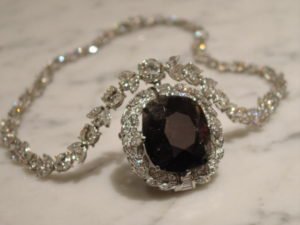
The Black Orlov
Black diamonds, also known as black industrial diamonds, owe their color to minor inclusions and random particles in the stone, rather than the trace elements of nitrogen and hydrogen which give color to most diamonds. They have a unique sheen that seems to come from total darkness, as pure black diamonds completely absorb light, rather than reflecting it. They are usually dull, unlike clear or colored diamonds, which are transparent. As a result, the diamond cut is less important for a black diamond, because it does not reflect or refract light. They do however demonstrate a wonderful shine, which is almost unique to this color of diamond.
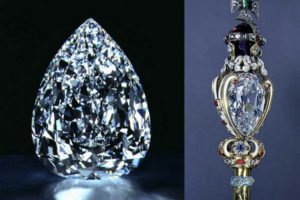
Black Star of Africa
Two of the most famous black diamonds are the Black Star of Africa and the Black Orlov. The Black Orlov is also known as the Eye of Brahma Diamond. The diamond—originally 195 carats —is said to have been discovered in the early 19th century in India. It was supposedly featured as one of the eyes in a statue of the Hindu god Brahma in Pondicherry, until it was stolen by a monk.
According to legend, this theft caused the diamond to be cursed. In 1932, diamond dealer J. W. Paris is said to have taken the diamond to the United States and soon after committed suicide by jumping from a skyscraper in New York City. Later owners included two Russian princesses called Leonila Galitsine-Bariatinsky and Nadia Vygin-Orlov (after whom the diamond is named). Both women allegedly jumped to their deaths in the 1940s.
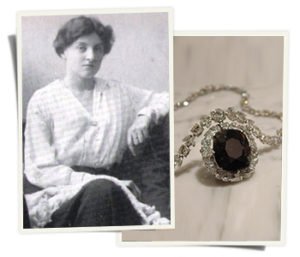
Princess Nadia and The Black Orlov
The diamond was later bought by Charles F. Winson and cut into three pieces in an attempt to break the curse; the 67.5-carat Black Orlov was set into a brooch of 108 diamonds, suspended from a necklace of 124 diamonds. The diamond was purchased by diamond dealer Dennis Petimezas in 2004; Petimezas said he was “pretty confident that the curse is broken”.
Natural black diamonds, for the most part, are not what gemologists consider gem quality, but they aren’t coal either. Instead, they are polycrystalline diamonds known as carbonado that are a combination of smaller diamonds, graphite and carbon crystals. Though this type of diamond is tougher than a colorless diamond due to its composition, the porous gems are also harder to cut and polish.
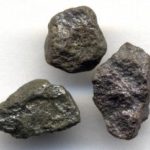
Carbonado
Most colorless diamonds are formed deep within the earth’s mantle, but there are inconclusive theories as to how exactly carbonado is formed. Some even think that a supernova in outer space traveled to the earth in the form of a large meteorite that hit the earth 2.3 billion years ago. This catastrophic event may have then split apart Brazil and part of Africa which are the only two places carbonado is found.
A very high quality natural black diamond is incredibly rare since most carbonado is made up of minuscule, porous crystals. Due to this rarity, a natural gem quality black diamond can be more expensive than a colorless diamond of similar quality.
Grants Jewelry recently created “Patricia”, a custom engagement ring that features a natural fancy black diamond as the center stone, surrounded by natural round brilliant cut diamonds in a platinum setting.
Info and photos from All About Black Diamonds, and Wikipedia.

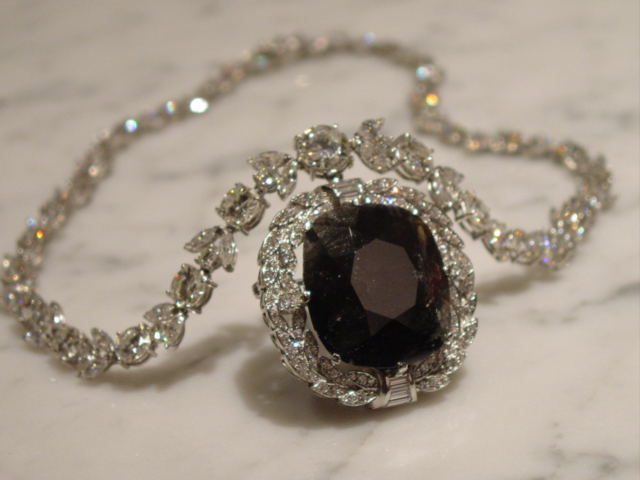
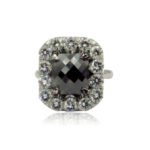

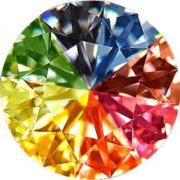


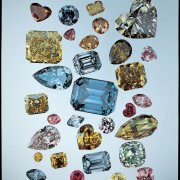
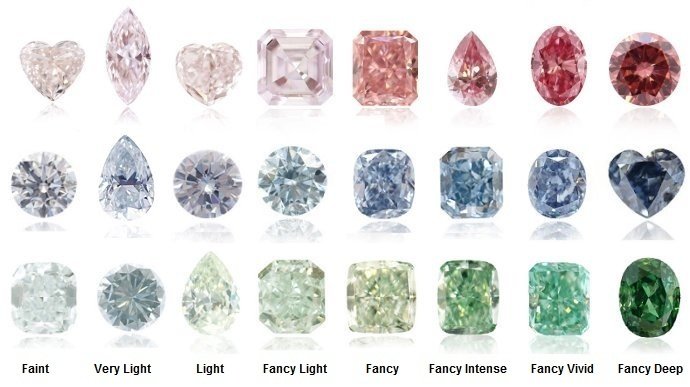
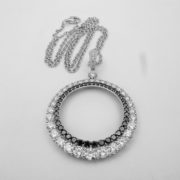


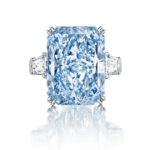
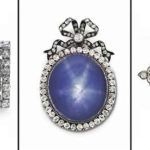
Leave a Reply
Want to join the discussion?Feel free to contribute!